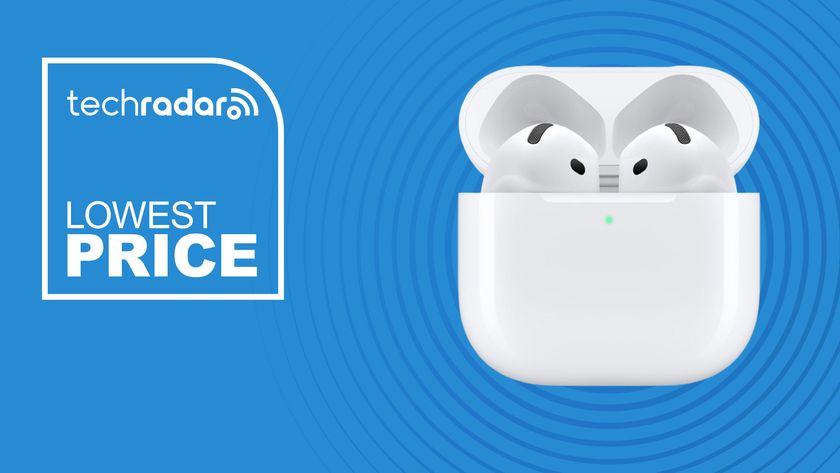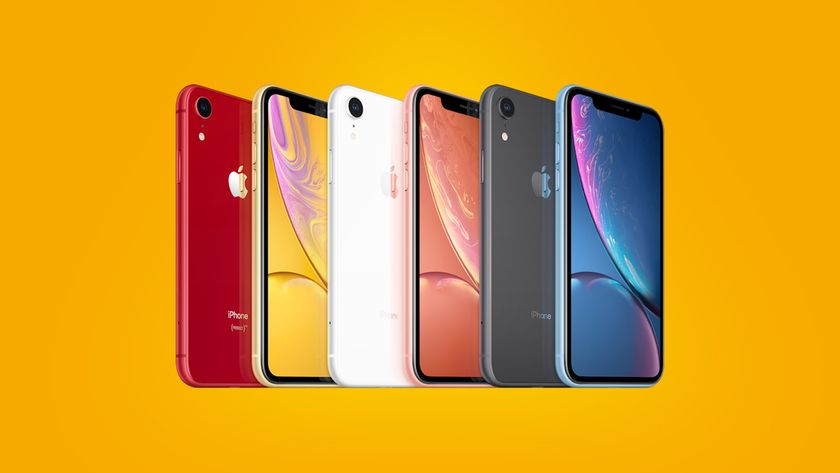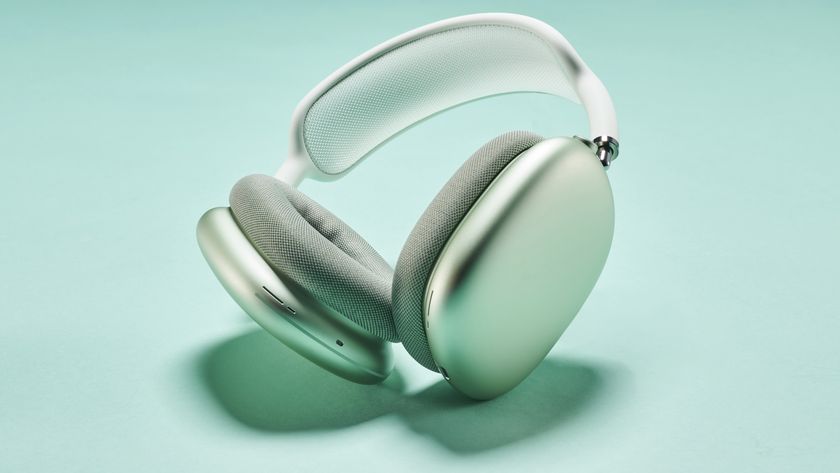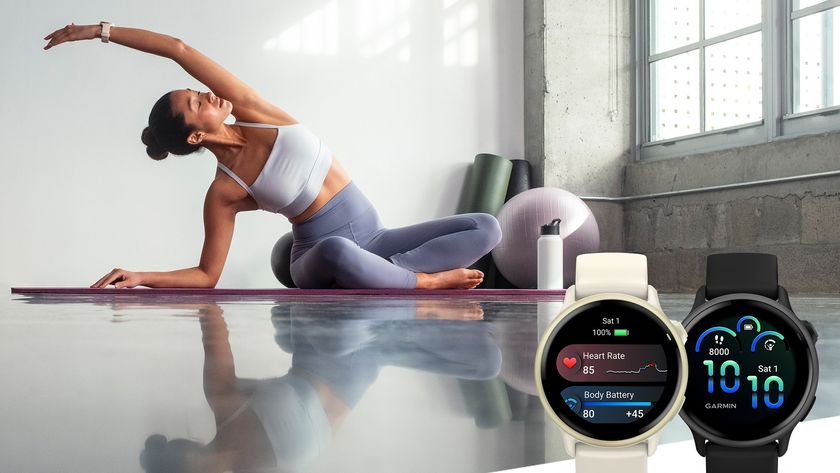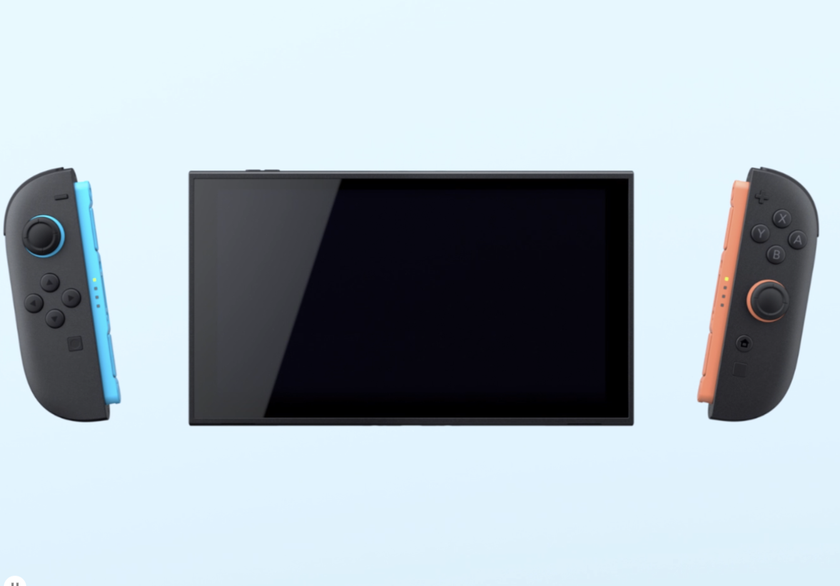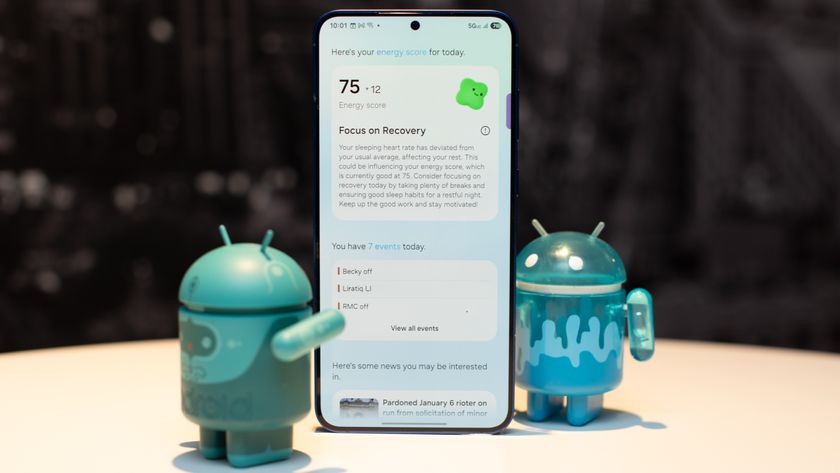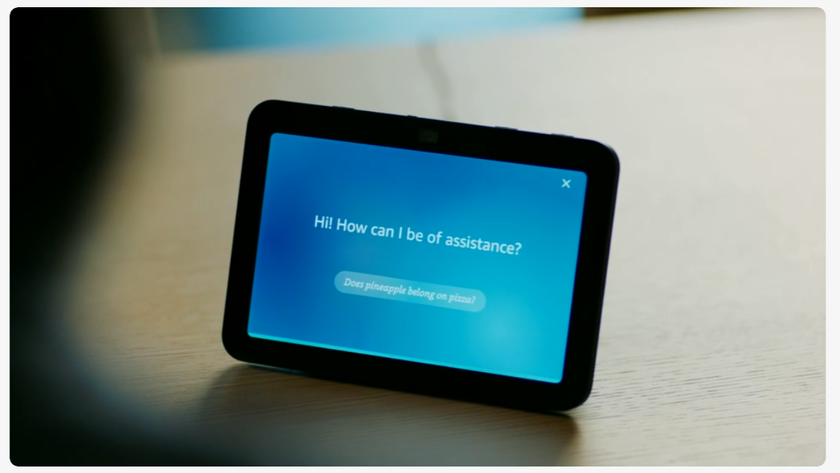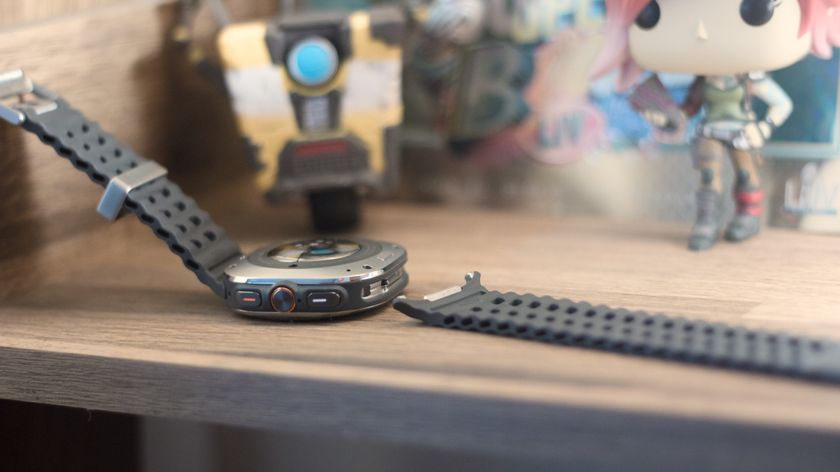New Bluetooth version adds AirPods-like audio sharing to more headphones
Soon, you'll never have to relinquish an earbud ever again!

We've updated this story with more details from the Bluetooth SIG about which Bluetooth version is needed to access Auracast and which devices will support it.
There's a new Bluetooth variant rolling out within the next few months and you should know about it, because it'll bring significant changes to the way we share audio – some of them life-changing.
This new capability, previously known as Audio Sharing, is now called Auracast broadcast audio. Essentially, Auracast enables an audio transmitter, (read: smartphone, tablet, laptop, TV, or PA system) to broadcast audio to an unlimited number of nearby Bluetooth audio receivers, including portable speakers, true wireless earbuds or hearing devices.
Now, owners of Apple's AirPods already have a custom way to share audio across multiple earbuds, but only to other Apple or Beats headphones. With this new Bluetooth rollout, you'll be able to audio-share from one device to multiple headphones, and they don't have to be AirPods.
Auracast uses Bluetooth LE Audio to work, which is part of Bluetooth 5.2. We asked for clarification from the Bluetooth SIG on which devices will support Auracast and were told:
"Technically, for a receiver, or any product, to support Auracast broadcast audio it must support specific features that were introduced in version 5.2 of the Bluetooth Core Specification as well as the Public Broadcast Profile within the set of LE Audio specifications."
So, say someone wants to join an Auracast broadcast that is transmitting from someone else's phone: will the the user interface (the one they will find and select the broadcast from) the phone their earbuds are normally connected to, and the earbuds will then switch to the Auracast connection?
Get daily insight, inspiration and deals in your inbox
Sign up for breaking news, reviews, opinion, top tech deals, and more.
"The UI on a smartphone that is used to identify and select an Auracast broadcast to join can be part of the device operating system as well as part of an app like one that comes with earbuds. In that respect, the UI is similar to how scanning for and associating with Wi-Fi networks has worked, where there is support within the underlying OS platform as well as third party apps that can be used."
Essentially then, Auracast needs Bluetooth 5.2 to work, and phones will need to be updated so you can find and choose Auracast broadcasts.
Analysis: Auracast is huge, just consider the implications
“The launch of Auracast broadcast audio will trigger another massive change in the wireless audio market," said Mark Powell, CEO of Bluetooth SIG, adding, "The ability to broadcast and share audio using Bluetooth technology will reshape personal audio and enable public venues and spaces to deliver audio experiences that will improve visitor satisfaction and increase accessibility."
Certainly, for hearing aid wearers, the implications are huge here – life-changing even. Of course, Auracast will allow us all to invite a friend to enjoy our curated playlist without having to sacrifice one of our own earbuds (as long as they've brought theirs), but we will also be able to enjoy TV in public spaces. Think of those silent TVs in public venues such as airports, gyms and waiting rooms. Soon, they will be able to broadcast audio that any visitor with Auracast-enabled Bluetooth earbuds or hearing aids can access.
Now, imagine being at an airport. Essential flight announcements, gate changes, boarding schedules and other travel information can be accessed directly on your personal audio device from the airport's public address system.
“While current assistive listening systems, such as inductive loops, have been providing great benefit to people with hearing loss, they suffer from a number of challenges that have limited their deployment, including poor quality, high cost, and lack of privacy,” said Nick Hunn, CTO of WiFore. “Auracast broadcast audio is well positioned to become an advanced, new assistive listening system that will be significantly easier and lower cost to deploy, while offering higher audio quality and greater privacy, improving audio accessibility and promoting better living through better hearing.”
Given that by 2035, it is predicted that around 14.2 million adults will have hearing loss greater than 25 dBHL across the UK, this is welcome news indeed.

Becky became Audio Editor at TechRadar in 2024, but joined the team in 2022 as Senior Staff Writer, focusing on all things hi-fi. Before this, she spent three years at What Hi-Fi? testing and reviewing everything from wallet-friendly wireless earbuds to huge high-end sound systems. Prior to gaining her MA in Journalism in 2018, Becky freelanced as an arts critic alongside a 22-year career as a professional dancer and aerialist – any love of dance starts with a love of music. Becky has previously contributed to Stuff, FourFourTwo and The Stage. When not writing, she can still be found throwing shapes in a dance studio, these days with varying degrees of success.

